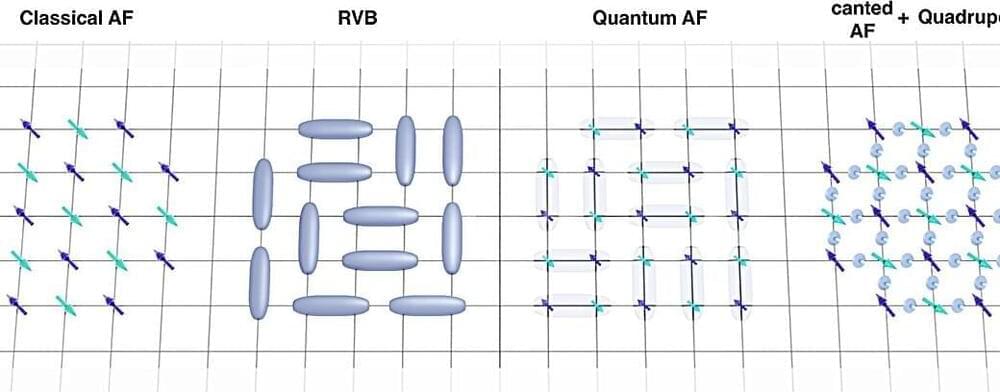Liquid crystal is a state of matter that exhibits properties of both liquid and solid. It can flow like a liquid, while its constituent molecules are aligned as in a solid. Liquid crystal is widely used nowadays, for example, as a core element of LCD devices.
The magnetic analog of this kind of material is dubbed the “spin-nematic phase,” where spin moments play the role of the molecules. However, it has not yet been directly observed despite its prediction a half-century ago. The main challenge stems from the fact that most conventional experimental techniques are insensitive to spin quadrupoles, which are the defining features of this spin-nematic phase.
But now, for the first time in the world, a team of researchers led by Professor Kim Bumjoon at the IBS Center for Artificial Low-Dimensional Electronic Systems in South Korea has succeeded at directly observing spin quadrupoles. This work was made possible through remarkable achievements over the last decades in synchrotron facility development.









Comments are closed.